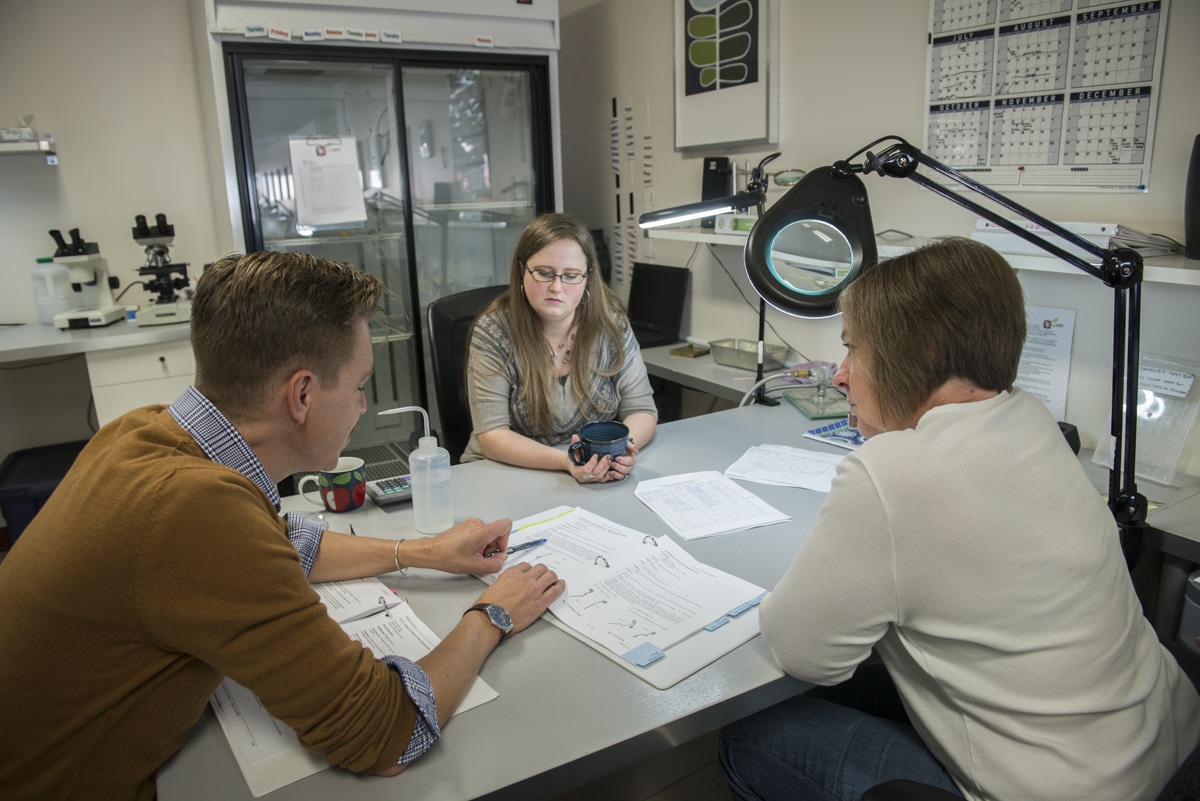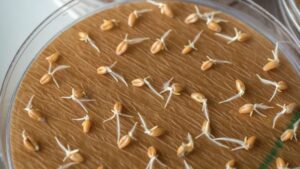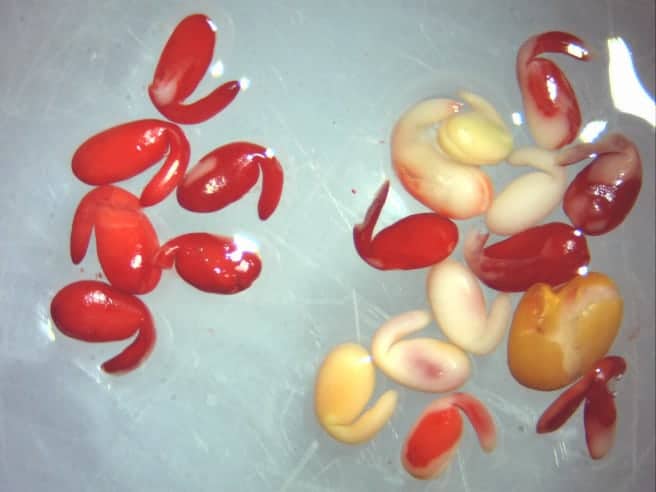The V-word has been used a lot lately, with harvest season either complete or underway and people already looking ahead to 2023. The word, of course, is vigour. It also made headlines earlier this year after reports of what was at the time thought to be poor vigour among certain canola hybrids caused a stir among growers.
Every year I inevitably get asked, “So, do you guys have a test for vigour yet?” The reality is, there exists no single vigour test for all species. Contrary to popular belief, germination tests are the same — we don’t do a germination test identically for every crop.

President & Senior Seed Analyst, Seed Check
The fact we have multiple tests for vigour is not an indicator that innovation is lacking in the seed testing space; in fact, it’s the opposite. With vigour being a more sensitive index of seed quality, it’s even more important that we that we have multiple tests for multiple crop kinds.
So what exactly is vigour? Very simply put, it’s one of the two basic seed tests, the other being germination. Germination is the ability of a seed under ideal conditions to emerge and develop into a healthy plant. With vigour, we’re looking for the seeds/ seedlings to develop in a wide range of environments, and in some cases gauge how well those seeds store. Vigour tests are quite a bit different than germination tests.
Once we’ve determined acceptable germination, we need to ensure the seed will perform under different environmental conditions. Will it grow rapidly and uniformly? Will it store?
It’s always a good idea to test seed for vigour. As a germination test gives the seed the best possible chance to grow, vigour testing is what really tells you how that seed is able to survive under adverse conditions.
If you’ve had challenging harvest conditions, it’s a good idea to check vigour in the fall and again in the spring, just to see where you’re at before you begin to sell.
While no seed lab can predict every single condition that a seed lot is going into, vigour testing is certainly a valuable tool in the toolbox to know how seed will perform in less-than-perfect conditions.
And let’s face it — in the field, conditions are rarely perfect.
For more info visit seedcheck.net!
SOME EXAMPLES OF VIGOUR TESTS
Conductivity test. This is a measurement of electrolytes leaking from seeds. Changes in the organization of cell membranes occur during the development of seeds prior to physiological maturity, seed desiccation before harvest, and during imbibition (uptake of water by the seed) prior to germination.

Accelerated aging test. This test exposes seeds for short periods to two environmental variables — high temperature and high relative humidity — which cause rapid seed deterioration.
Controlled deterioration test. This test determines vigour and predicts field emergence. Like the accelerated aging test, it subjects the seed to conditions of high moisture and humidity, but the moisture is kept constant. Seed lots with high vigour should be able to withstand these stress conditions and will deteriorate at a slower rate than lots with worse vigour.

Radical emergence test. This test quantifies root protrusion, which can offer insights when it comes to vigour, germination capacity and seed lot uniformity.
Tetrazolium viability test. A seed is soaked in water to which a substance called tetrazolium chloride has been added. After soaking, we then cut through the seed to allow the tetrazolium to seep into the seed tissue. Living tissue stains red while dead tissue does not stain at all. Based upon the colour and location of dead or injured tissue, a potential germination percentage can then be determined.













